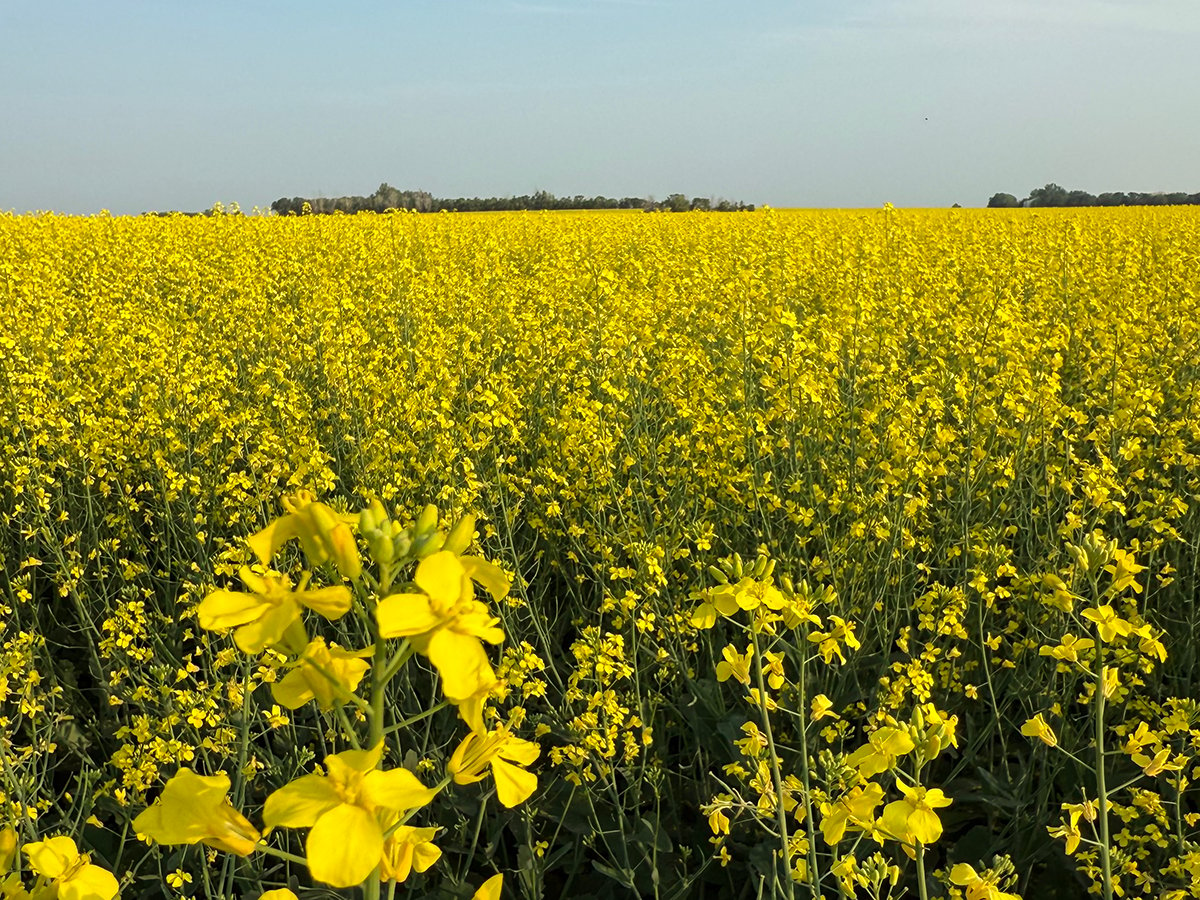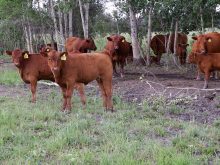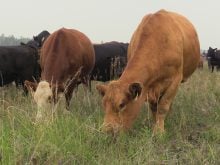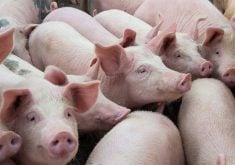LACOMBE, Alta. – Doug Wray is a career grazer who is not afraid to alter his plans when weather wallops his Alberta ranch.
His cows typically graze native pasture until January and then move onto swath grazing at his place near Irricana, Alta.
“We have been on plan B or C since then. The cold has meant we have to feed more. We have gone through more feed than we normally would,” he said.
He moved cows to pasture in mid-March when the swathes became too muddy after warm chinook conditions melted the snow too quickly.
Read Also

Canola support gets mixed response
A series of canola industry support measures announced by the federal government are being met with mixed reviews.
However, the cows can return when the fields dry up because the swath quality has held.
“You need a lot of different options in your year round game and it’s the combination of those options that really make it work,” he said.
He is calving 280 cows this spring and must decide about last year’s crop. They are often maintained on swath grazing for the winter, turned out on grass for the summer and sold at about 900 pounds to feedlots for finishing.
“We make more money if those calves leave the ranch at 900 lb. than if they leave the ranch at 600 lb.,” he said.
However, the calves will leave earlier if they do not have enough forage.
“You take advantage of all the resources you have. It is putting together a mix that allows you to get through the year,” he said.
It is all about reduced inputs and building value.
“We have been weighing whether we sell those calves and take the money now or do we own the risk by owning the cattle longer,” he said.
The decision to hold them may not come until May when he is able to assess how much grass he has.
He knows he is sitting on valuable land, considering his ranch is located north of Calgary. There is growing competition for more acres to grow better paying crops.
“We are in an area that we are critically aware that these guys who grow canola can pay more for land than we can,” he said.
That land use question is becoming a critical debate among members of the Alberta Forage Network, of which Wray is chair.
The network is in the formative stages and hopes to strengthen the voice of the forage industry.
The network involves all the sectors involved in forage production: plant breeder, seed grower, hay producers and grazers.
Education is a major focus for the network.
For researcher Vern Baron of Agriculture Canada at Lacombe, that includes finding the most economical way to produce forage and livestock.
“If we don’t make money in beef or forage, it is really difficult to say we have a future,” he said at a forage network meeting in Lacombe.
Producers say they cannot produce beef any cheaper and are reluctant to make big changes because they do not want more risk.
Expansion of the cow herd will be difficult when grain prices continue to rise and competition for land grows. Forage producers may be forced to grow more on smaller amounts of land.
It’s not always easy to convince producers of the benefits of new technology such as improved seed varieties, higher fertilizer use and intensive grazing because they prefer to make do with what they have.
For example, research showed an old grass pasture had lower costs than planting a new variety of meadow brome grass. Weight gains were about the same over a summer grazing period.
Cattle produced more on meadow brome if grazing was extended for an extra 45 days, but it was not enough to make a financial difference.
“Our gross margins were very similar for the summer pasture and considerably better on meadow brome pasture when we added the stockpile to it,” he said.
“In terms of risk, it wasn’t really worth your while to break that land and put it into meadow brome grass,” he said.
Lowering winter feed costs with swath grazing is one area to gain savings.
Research between 1997-2001 at Lacombe showed swath grazing was economical because it reduces the daily cost of winter feeding by 46 percent. It reduced fuel and equipment costs because the feed is in the field and the cows forage for themselves.
Traditional systems cost $1.54 to feed a cow per day, compared to swath grazing’s 84 cents.
Current research is looking at the daily cost of winter feeding barley, corn and triticale in different swath grazing regimes and comparing it to barley silage and straw rations.
Cutting swathes for winter grazing had cheaper machinery costs than making silage.















